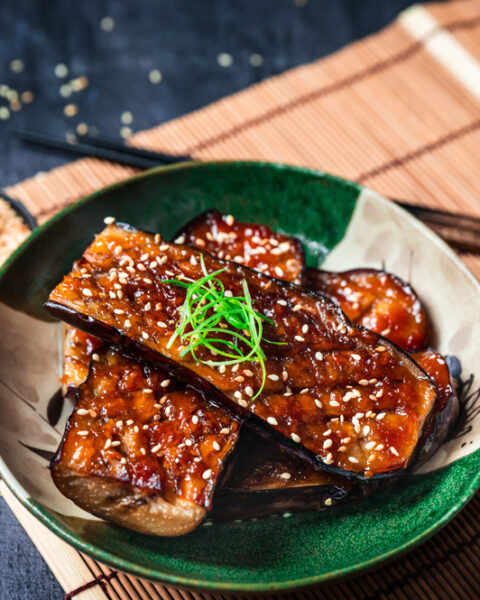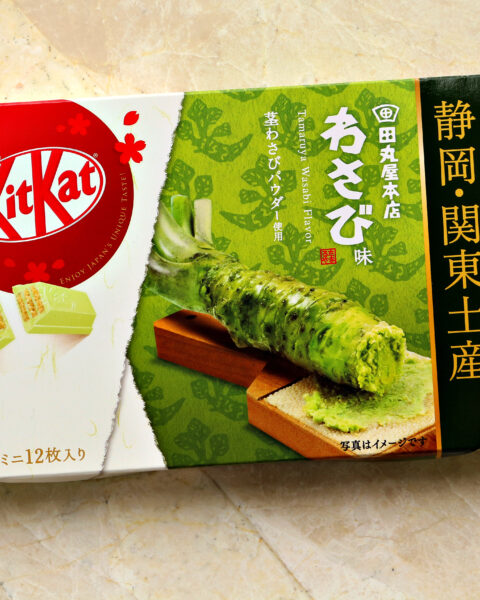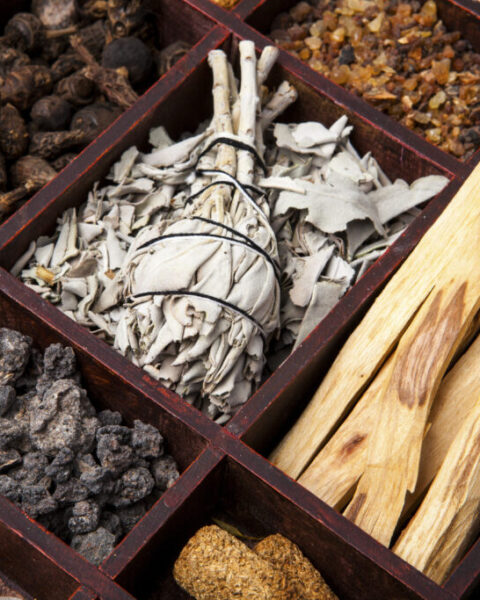History has a way of serving up some pretty bizarre food traditions, and trust me, you won’t believe what people used to do at the dinner table. From strange dining etiquette to rituals that make today’s food trends seem downright tame, our ancestors had some interesting ways of preparing and consuming their meals. Here are some of the most unusual food rituals from history that will have you questioning everything you thought you knew about mealtime.
Contents
- 1 The Roman Vomitoriums – Feasts Without End
- 2 Viking Blood Soup – A Toast to the Gods
- 3 The Aztec Chocolate Ritual – A Bitter Brew for Sacrifices
- 4 Mummy Powder – A Cure-All in Medieval Europe
- 5 Cannibalistic Communion – The Eucharist
- 6 The Sardinian Casu Marzu – Maggot Cheese for Celebration
- 7 The Korean Dog-Eating Ritual – An Ancient Summer Tradition
- 8 The British Mock Turtle Soup – A Calf’s Head Delight
- 9 The Egyptian Sacred Onion – A Divine Vegetable
- 10 The Tibetan Butter Tea – A Warming Prayer
- 11 The Mayan Maize Ritual – Corn as Life Force
- 12 The Zulu Beer Ritual – Brewing for the Ancestors
- 13 More From RetailShout
- 14 21 Aldi Just Brought Back Its Best Holiday Products Early
- 15 10 Amazing Food Hacks for an Unforgettable Camping Trip
The Roman Vomitoriums – Feasts Without End
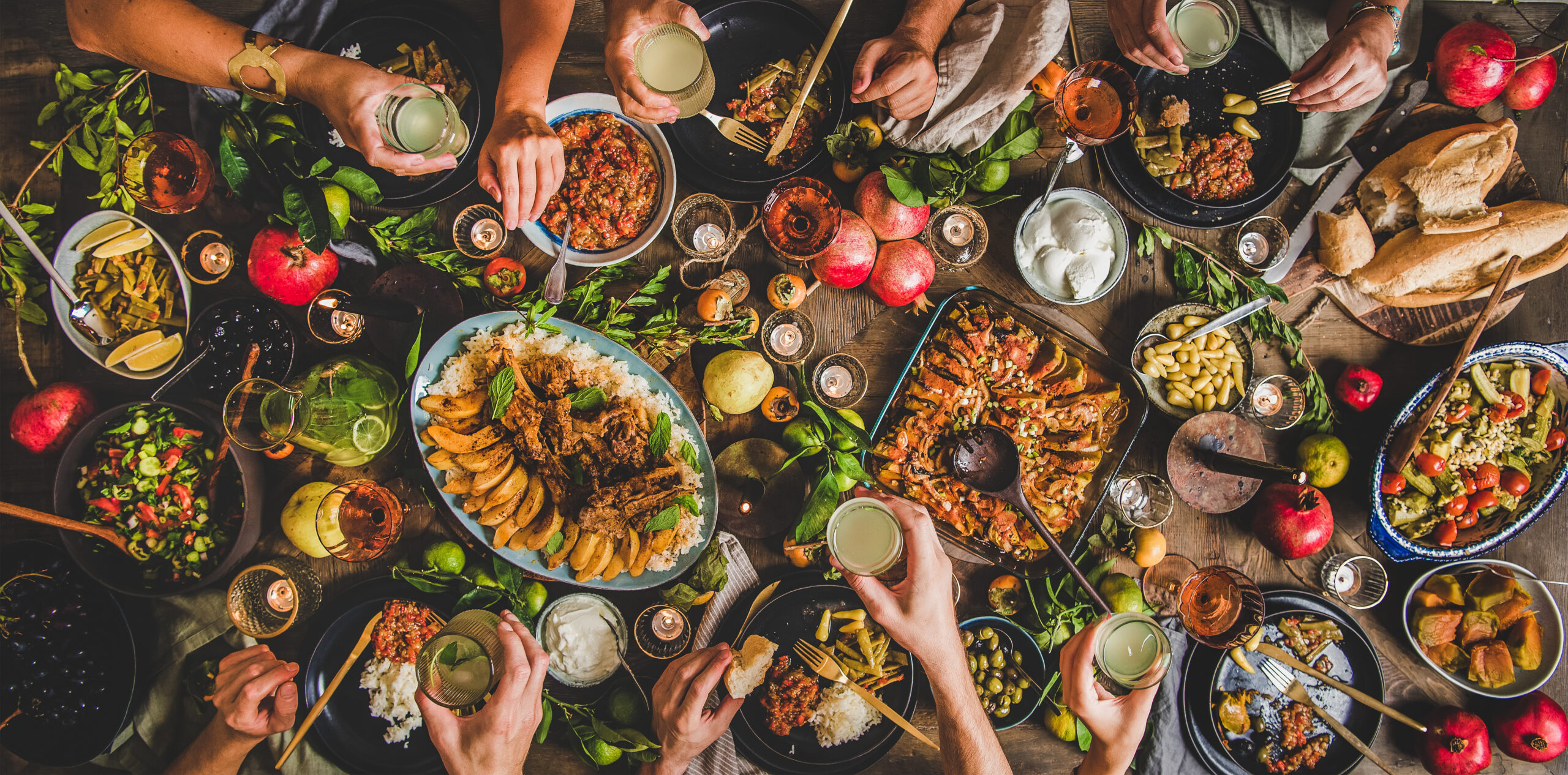
In ancient Rome, gluttonous feasts would last for hours, or even days, with guests indulging in more than they could handle. To make room for more food, some would visit a vomitorium, a place specifically designed for regurgitation. Contrary to popular belief, this wasn’t a common practice in every Roman household, but among the elite, it was a way to extend indulgence. Feasting was a form of social status, and eating until you could eat no more was a point of pride. The ritual of overeating and purging became a strange mark of Roman extravagance.
Viking Blood Soup – A Toast to the Gods

The Vikings were known for their hearty diets, but one ritualistic dish stands out: blood soup, or “blodgraut.” This thick porridge-like dish was made with animal blood and grains, prepared as both sustenance and offering to the gods. During ceremonies, the Vikings believed consuming this soup connected them with their ancestors and honored their deities. While the idea of drinking blood might seem extreme today, it was considered a source of strength and vitality for these ancient warriors. This unusual dish symbolized bravery and divine favor.
The Aztec Chocolate Ritual – A Bitter Brew for Sacrifices
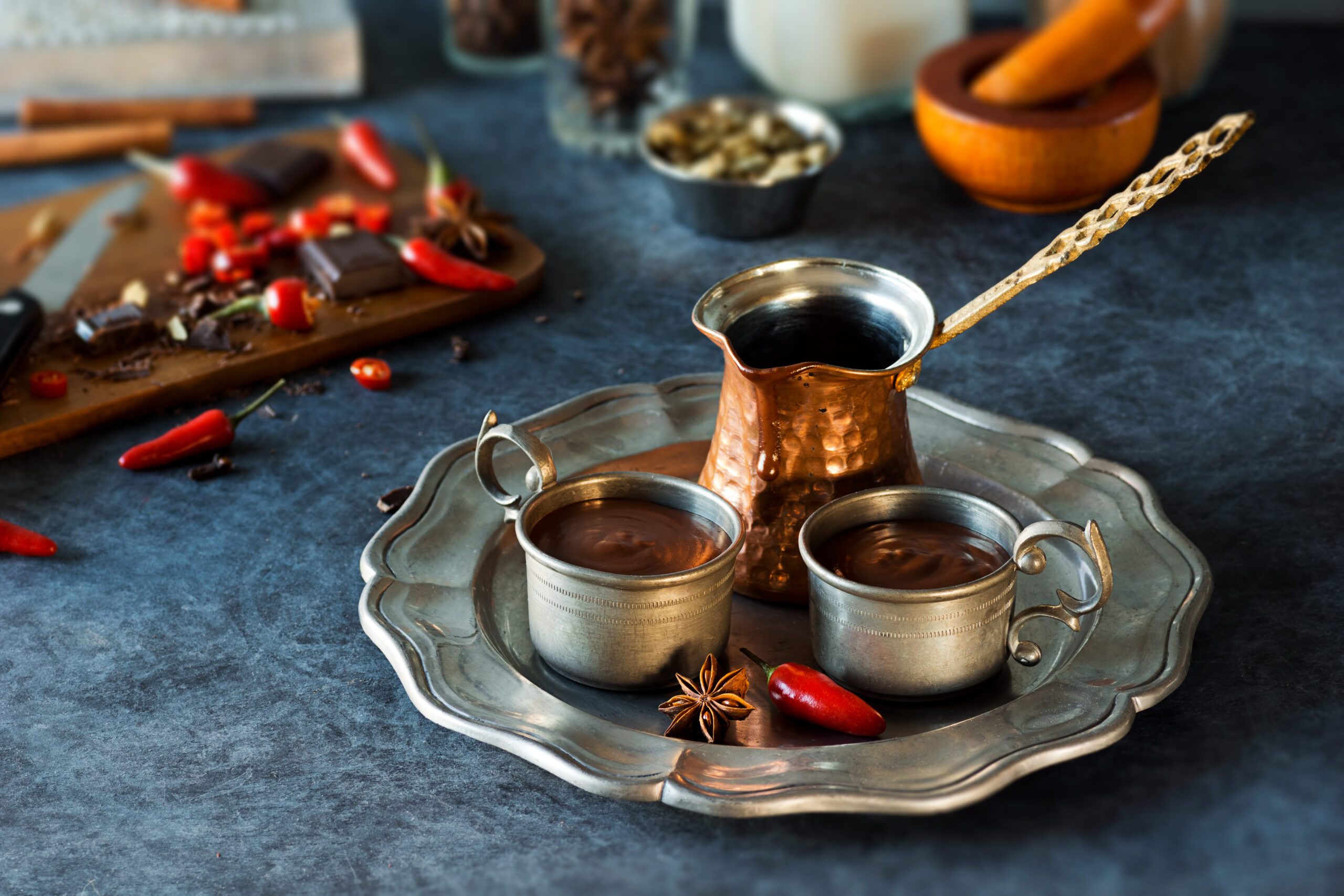
Chocolate may be a beloved treat today, but for the Aztecs, it was a sacred drink used in important rituals, especially during human sacrifices. The beverage, made from cacao beans, was bitter and often mixed with spices, symbolizing the blood of the gods. It was offered to the gods to nourish them and maintain cosmic balance. Aztec priests would drink this special brew before performing sacrifices, believing it gave them the strength to communicate with the divine. The ritual transformed chocolate into a mystical and powerful element in their culture.
Mummy Powder – A Cure-All in Medieval Europe
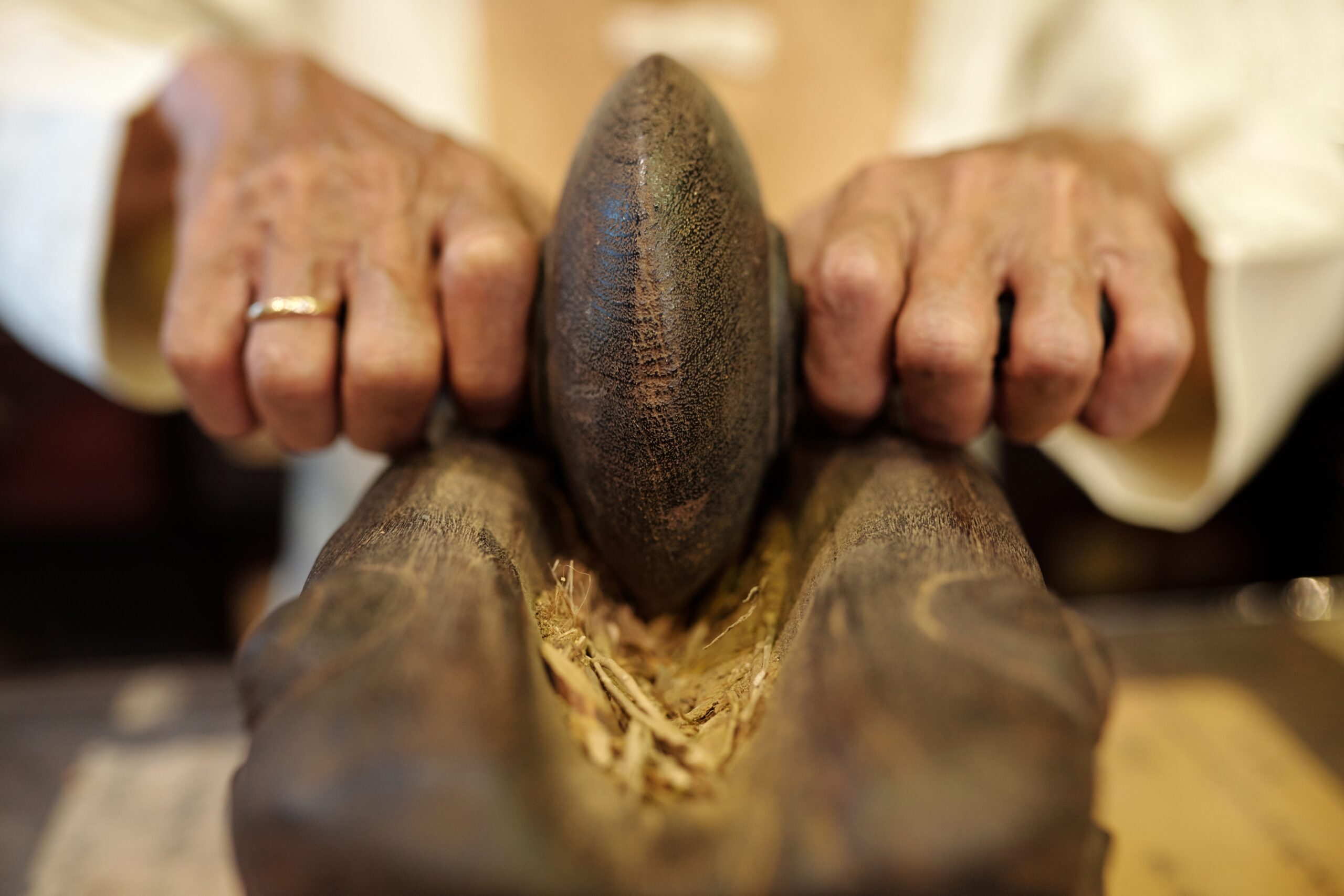
During the Middle Ages, a peculiar practice emerged in Europe: consuming powdered mummies as medicine. Apothecaries would grind up Egyptian mummies and sell the powder as a remedy for a variety of ailments, from headaches to stomach issues. People believed that ingesting the remains of ancient, preserved bodies transferred their life force and healing properties. This bizarre food ritual persisted for centuries, despite the questionable ethics and efficacy. It’s a strange reminder of how far people would go for a supposed miracle cure.
Cannibalistic Communion – The Eucharist
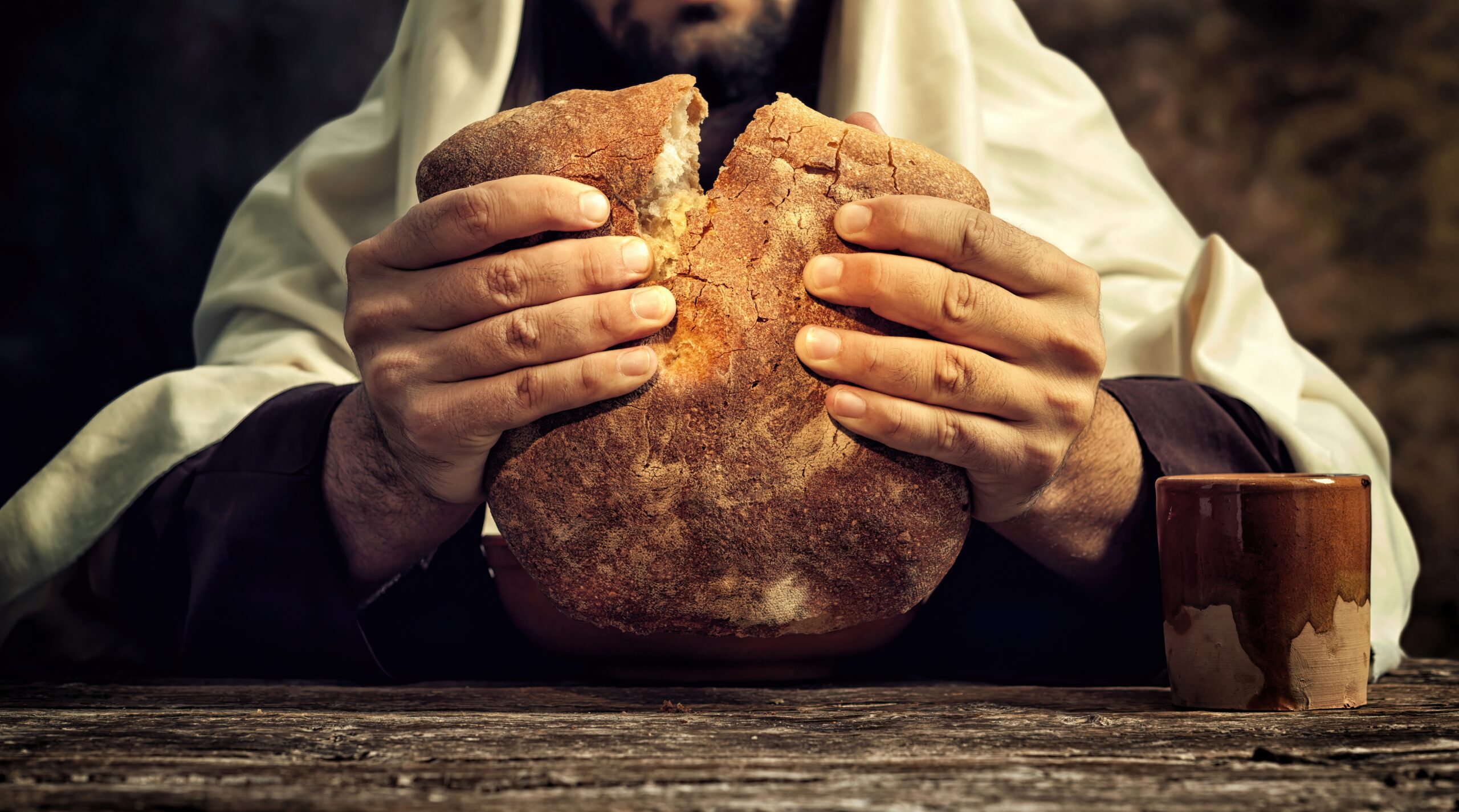
In Christian tradition, the Eucharist, or Holy Communion, is a sacred ritual where believers consume bread and wine representing the body and blood of Christ. Though symbolic, the ritual has often been described as a form of spiritual cannibalism. Early Christian critics misunderstood the practice, thinking Christians were literally consuming human flesh. Despite these misconceptions, the ritual continues to be central to Christian worship, symbolizing unity with Christ. This act of faith, although purely symbolic, still intrigues with its ancient roots and ritualistic meaning.
The Sardinian Casu Marzu – Maggot Cheese for Celebration
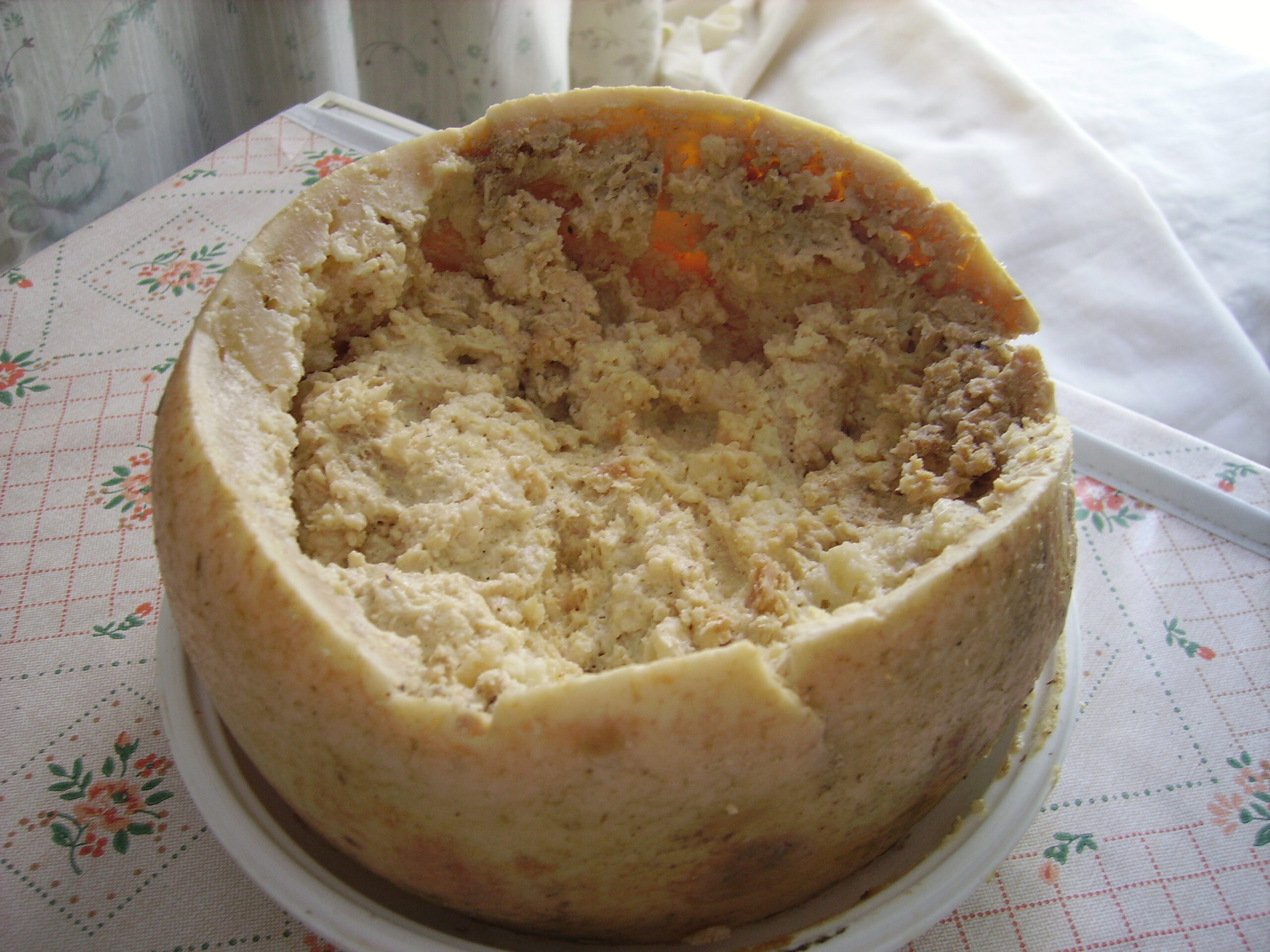
In Sardinia, a traditional delicacy known as Casu Marzu is a sheep milk cheese that is intentionally infested with live maggots. The maggots help ferment the cheese, giving it a soft texture and a strong, pungent flavor. Locals consume this unusual dish during special celebrations, often paired with wine. Despite its controversial nature (it’s banned by health authorities), it remains a prized food among certain Sardinian communities. The wriggling maggots, surprisingly, are seen as a sign of the cheese’s ripeness.
The Korean Dog-Eating Ritual – An Ancient Summer Tradition
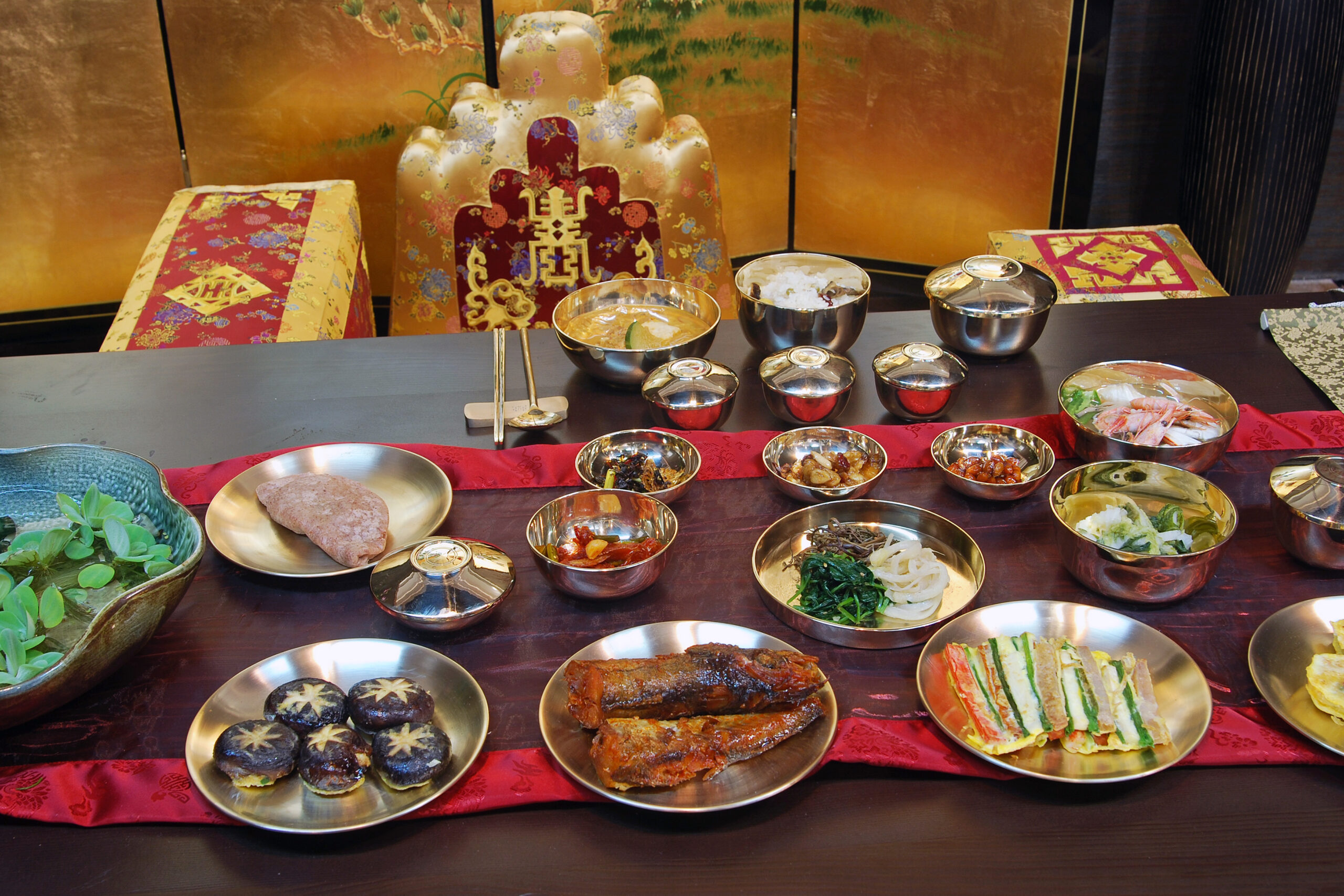
In Korea, the consumption of dog meat, particularly during the summer festival Boknal, was historically believed to cool the body and improve stamina. This ancient tradition dates back thousands of years, though it has become increasingly controversial in modern times. Boknal dishes, such as bosintang (dog stew), were consumed to beat the summer heat and boost energy. Today, the practice is much less common, but it remains a significant part of Korea’s food history. The ritual showcases the complex relationship between culture, tradition, and cuisine.
The British Mock Turtle Soup – A Calf’s Head Delight
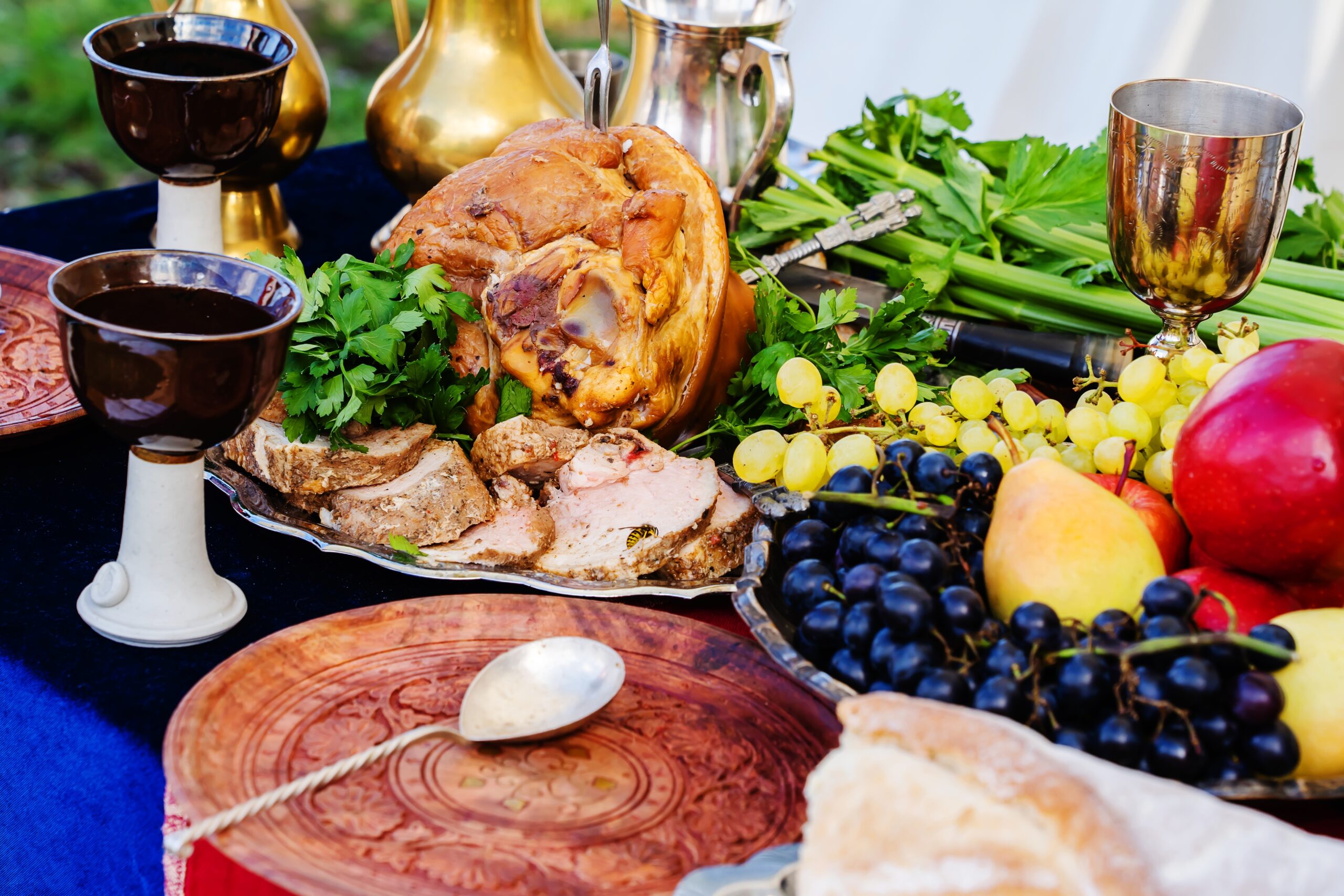
In 18th-century Britain, turtle soup was a delicacy, but when actual turtles became too expensive, chefs developed a substitute: mock turtle soup made from a calf’s head. The gelatinous texture and richness of the calf’s head were thought to mimic that of a turtle, and the dish became a popular alternative. It was served at banquets and special occasions, often praised for its decadence. The practice of using unusual animal parts for food may seem strange today, but it was a common way to make luxury affordable. This ritualized dining practice demonstrated the creativity of British cuisine at the time.
The Egyptian Sacred Onion – A Divine Vegetable
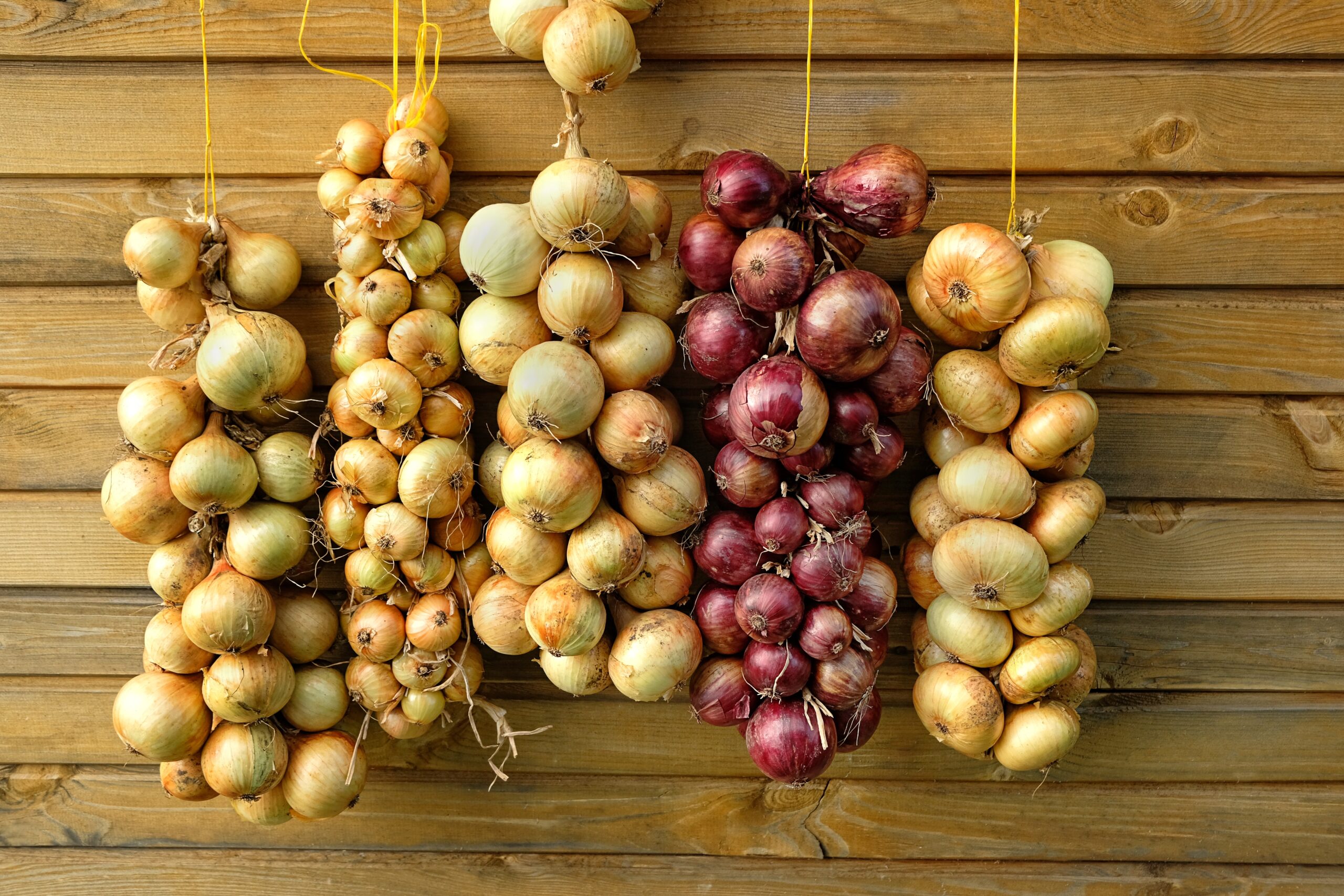
In ancient Egypt, the onion was considered a sacred vegetable, believed to symbolize eternity due to its layered structure. Pharaohs were often buried with onions, and priests would place the vegetable in the hands of the dead as an offering. Onions were also consumed in rituals, believed to bring strength and protection from evil spirits. This food ritual highlights the cultural significance of everyday ingredients in ancient societies. Egyptians believed onions had divine power, both in life and the afterlife.
The Tibetan Butter Tea – A Warming Prayer

In Tibet, butter tea, or po cha, is more than just a warming drink; it is a spiritual ritual tied to Buddhist practices. Made from yak butter, tea leaves, and salt, this thick, creamy drink provides sustenance in the cold Tibetan climate. Monks often drink it during prayer and meditation, believing it aids in focus and mindfulness. The ritual of sharing butter tea is also a sign of hospitality and reverence in Tibetan culture. Although it might seem strange to outsiders, butter tea remains a beloved staple of Tibetan life.
The Mayan Maize Ritual – Corn as Life Force
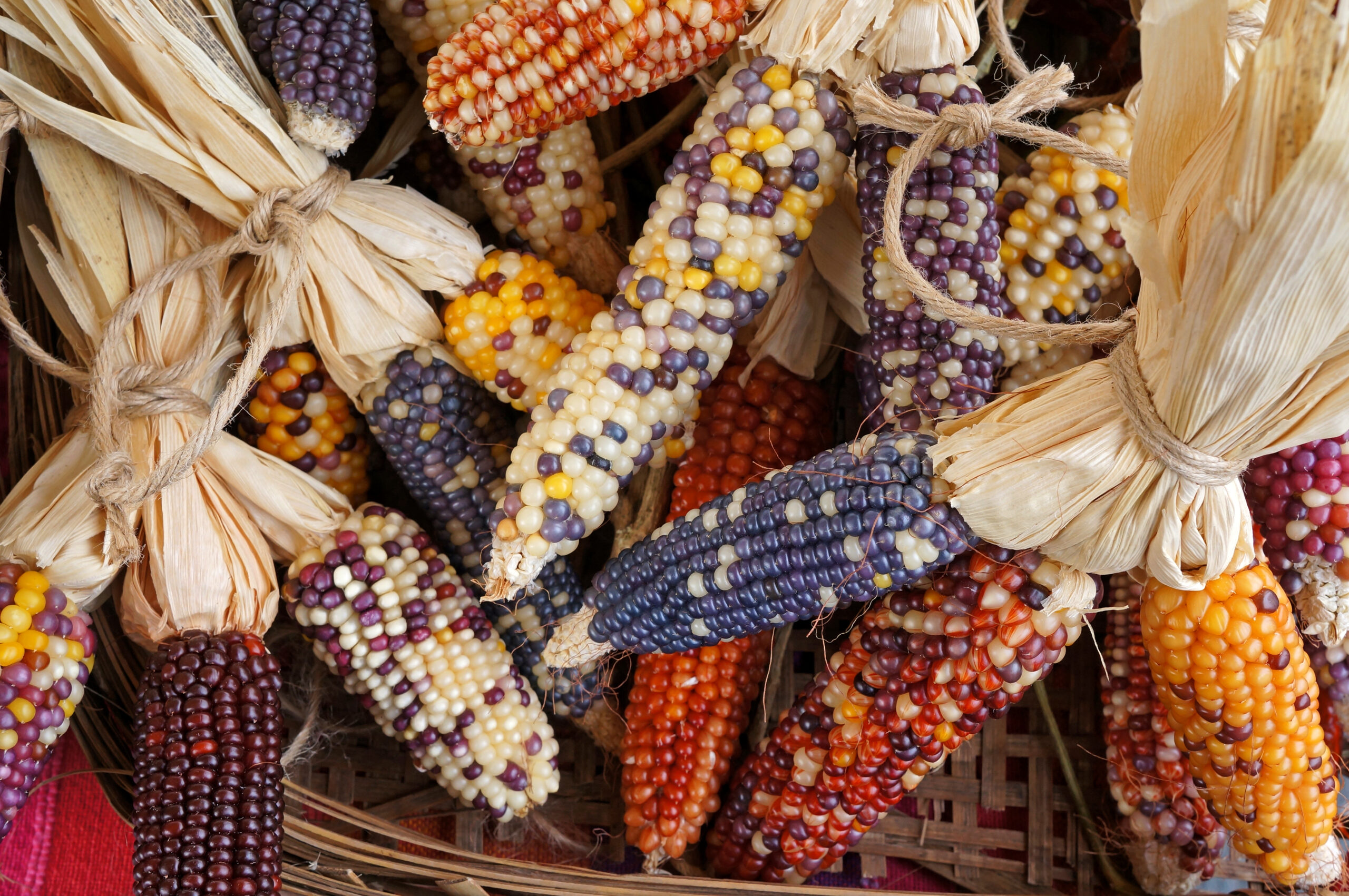
For the ancient Mayans, maize was more than just a crop; it was the essence of life itself. Their creation myth tells that humanity was formed from maize dough, and rituals involving corn were central to their religious practices. Corn was used in ceremonies to honor the gods, and it was believed to sustain both the physical and spiritual body. Special dishes made from maize were prepared during harvest festivals, reinforcing its sacred status. This deep reverence for maize showcases how a simple food can become a powerful symbol in a culture.
The Zulu Beer Ritual – Brewing for the Ancestors
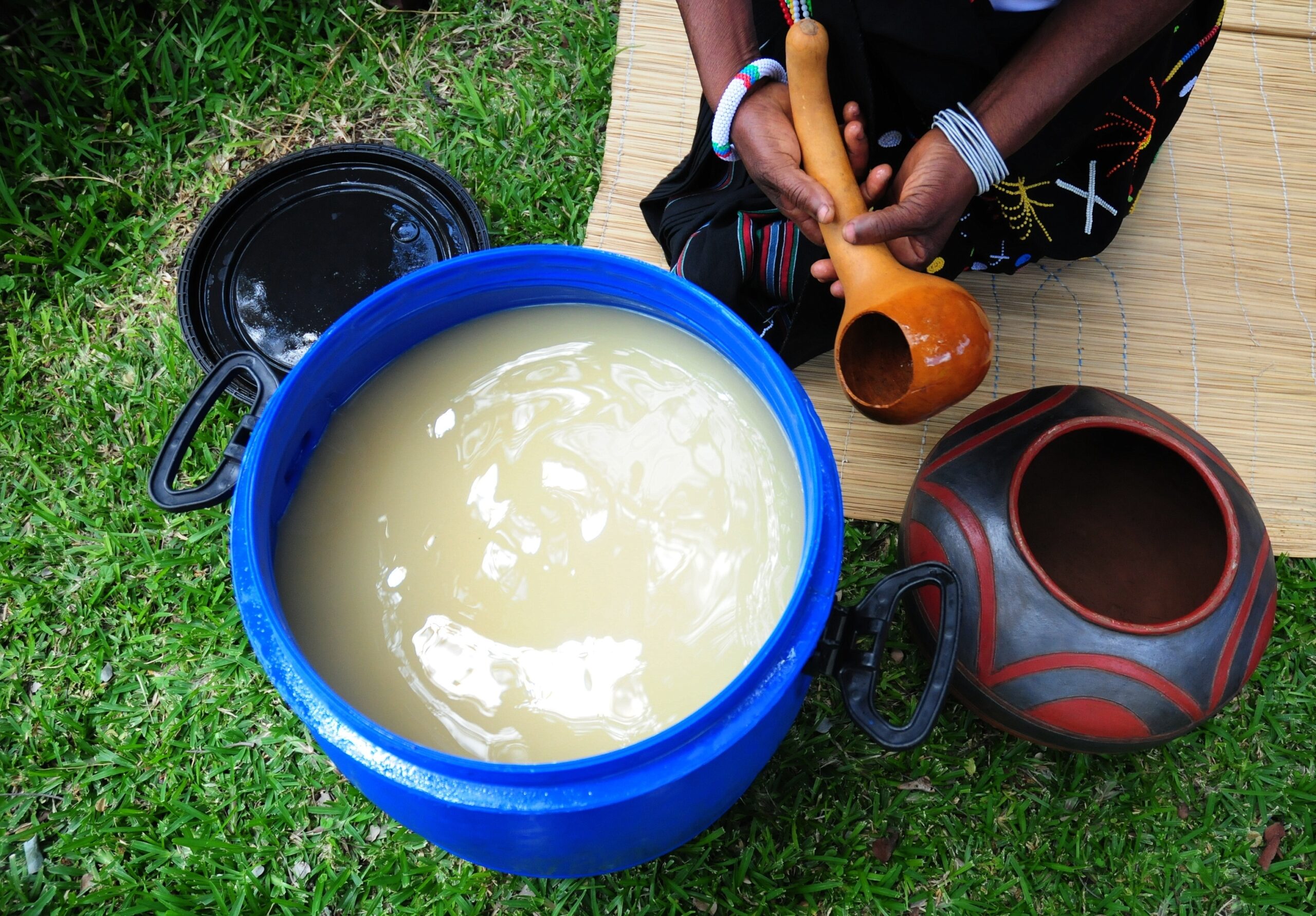
Among the Zulu people of South Africa, beer plays a crucial role in communicating with ancestors. Traditional beer, made from sorghum, is brewed and offered to the spirits during ceremonies as a way to seek blessings or guidance. It is believed that the ancestors enjoy this drink, and by offering it, the living can connect with their lineage. The brewing process itself is also considered sacred, with specific rituals and prayers involved. This ancient practice demonstrates how even beverages can take on a spiritual significance when tied to cultural beliefs.
This article originally appeared on RetailShout.
More From RetailShout
22 Nut-Based Desserts You Can Make at Home

Nut-based desserts offer the perfect combination of crunch and sweetness, making them irresistible to those who love treats with texture. Whether you’re looking for a quick snack or a decadent finish to a meal, these desserts are both easy to make and packed with the goodness of nuts. Read More.
21 Aldi Just Brought Back Its Best Holiday Products Early

ALDI just brought back some of its best holiday products, and it’s time to get excited. These aren’t your average grocery store finds—this lineup is all about gourmet flavors and unique treats that you can’t always find year-round. Read More.
10 Amazing Food Hacks for an Unforgettable Camping Trip

Camping doesn’t mean you have to sacrifice good food and flavors. With these amazing camping food hacks, you can enjoy tasty, hassle-free meals under the stars. Read More.


